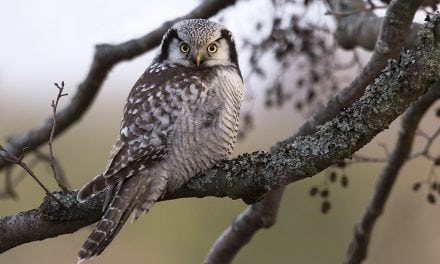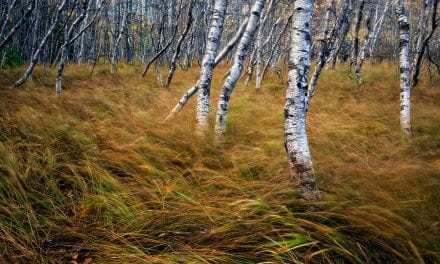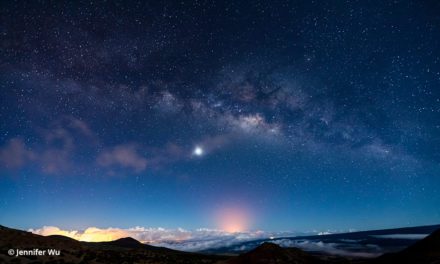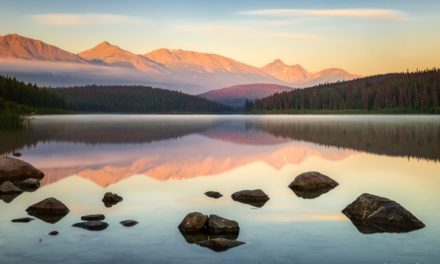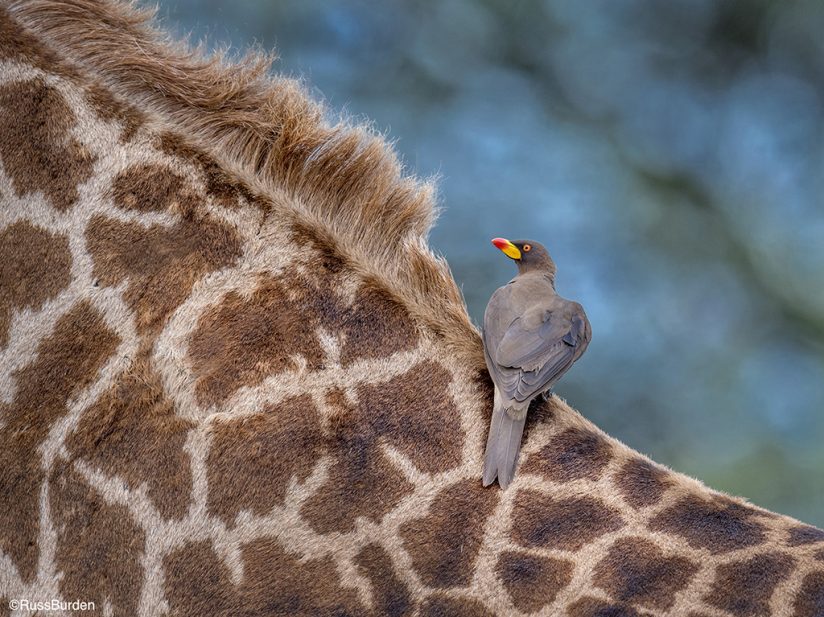
I’ve often said or written, “Exhaust All Possibilities” when it comes to photography. Depending on your eye, creativity, imagination and boldness, the level to which people carry these words varies considerably. Some take it to the limit and some are quite conservative and prefer tradition. Even though I’ve professed these words hundreds of times, I’ve yet to discern where I fall within the above-mentioned boundaries.
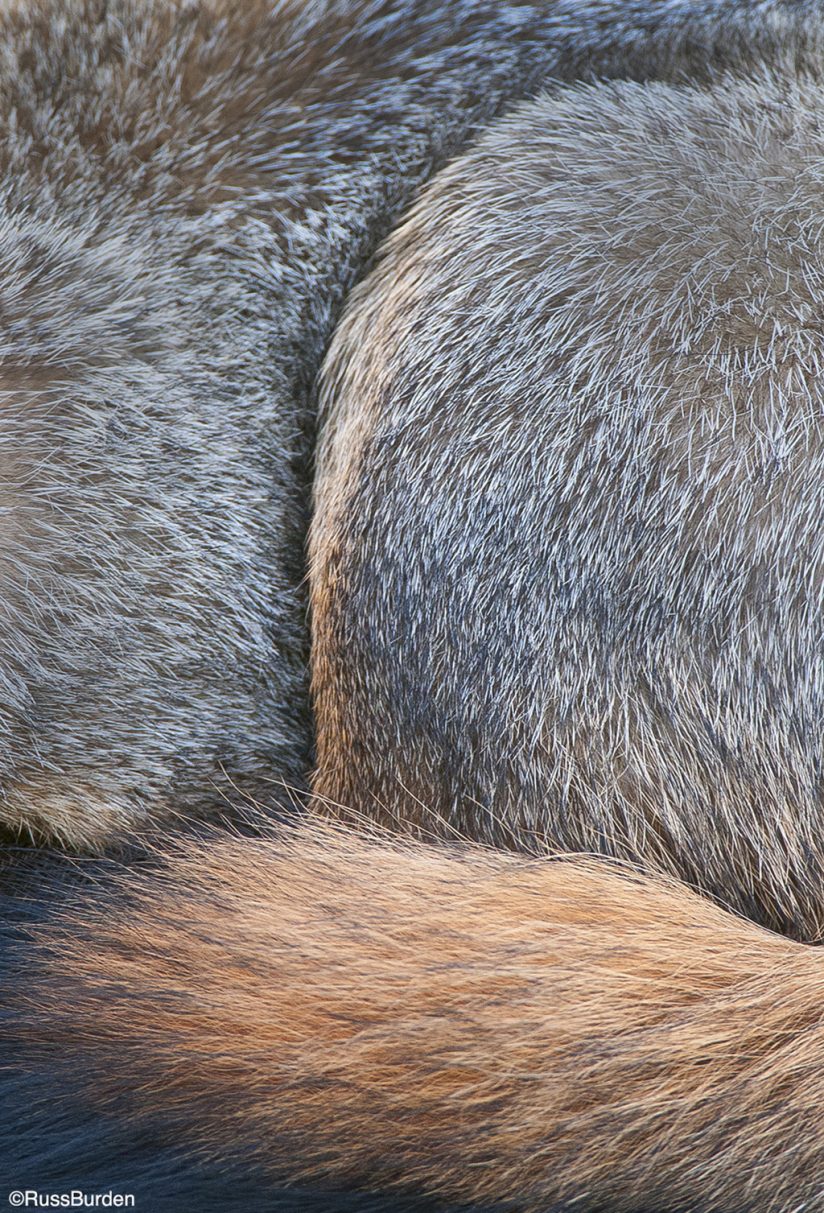
I rarely turn down a photographic challenge, especially when it comes from within. It’s with this in mind that on my most recent nature photo safari to Tanzania, I challenged myself by thinking outside the box. This concept has a wide range of interpretation, so I thought of the first photographic word that came to mind. It was to this principle I’d apply the technique. And so, it came to be that I challenged myself compositionally to come up with something outside the box relative to what I see through the viewfinder. To limit all variables even further, I imposed a challenge to find compositions where I came in super close to subjects I’ve photographed in the past. The challenge was to get close, use depth of field wisely, shoot with nothing but my 600mm, and hopefully come away feeling I accomplished my goal.
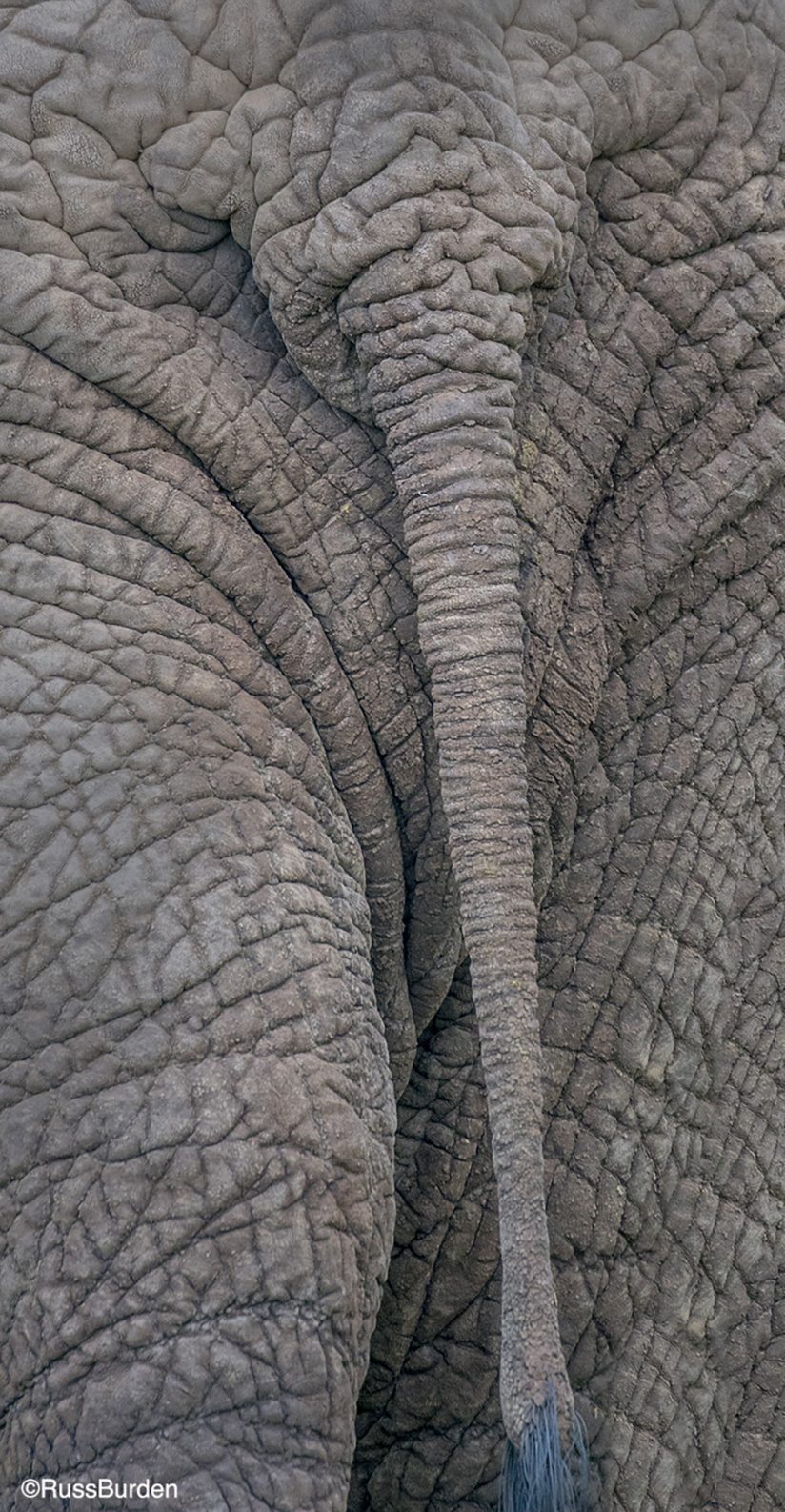
I share with you part of my discoveries: It’s quite possible that tight cropping can net a more unique image than if the subject is presented in its entirety. Think of the number of images of lions, cheetah, giraffes, etc. that are made every day somewhere on the continent of Africa. Compare that to the number of images where the photographer thought outside the box to make a photo of the same species—the ratio is vast. My challenge took me to a place where I had to zero in on a small section of the whole. Compositionally, I applied the same rules as if I was photographing the entire subject. I simply concentrated on smaller sections.
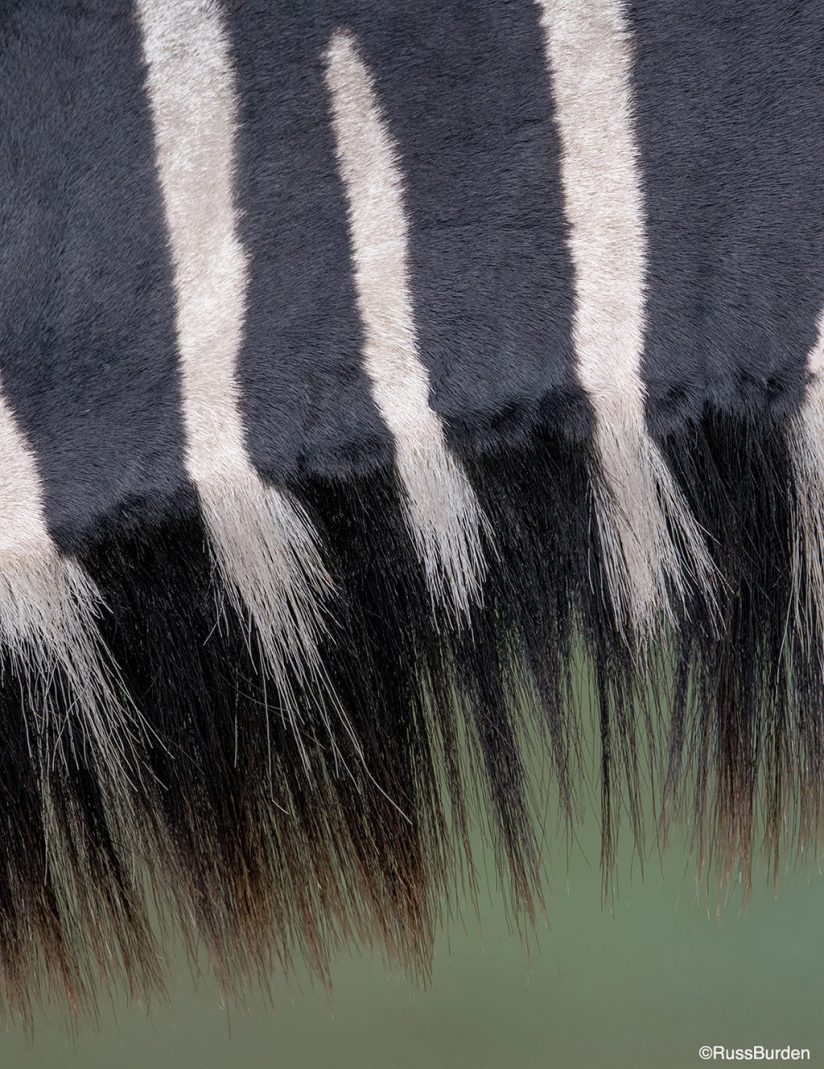
The rules of good composition I applied were the rule of thirds by not placing the key focal point in the center of the image. The image becomes more dynamic. I looked for color variations to play one against the other or to blend tones harmoniously. This is why it’s important to know the color wheel—what colors are complementary and what colors are opposite? Knowing the answers to these questions will better help you understand color theory, which can be applied to your photographs. I checked to see if important tones merged with the edges of my frame. If this was the case, I looked for ways to change their locations so the viewer won’t be pulled away from the center of interest.
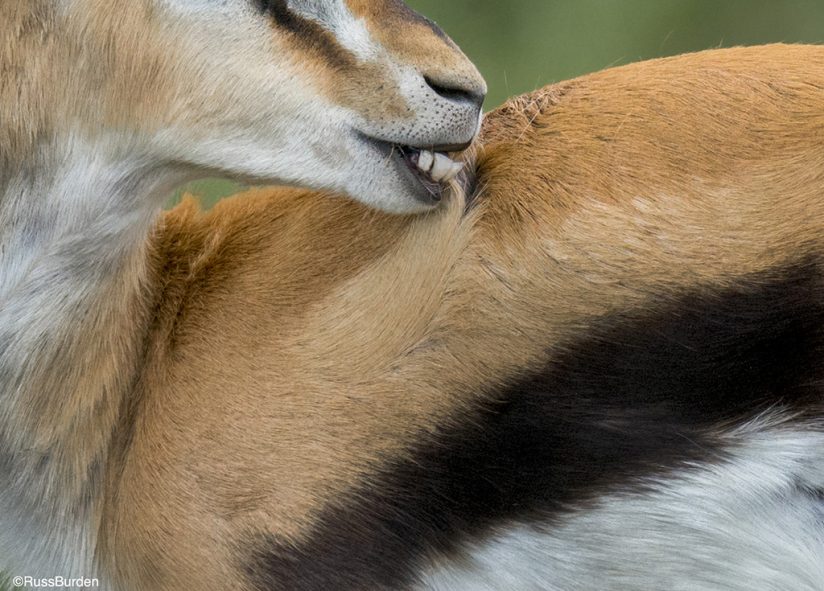
Many of the subjects in Tanzania are dangerous and I had to keep a given distance. Other subjects are tamer and serendipity occurred when a number of them approached our vehicles. This certainly made my challenge easier. I bring this up as one needn’t go to a foreign continent to apply the same challenge. Pets make great subjects, as do flowers, sides of barns, city streets and a plethora of others. Simply apply the same rules. Take on any photographic challenge, maybe even this one, but give yourself one. You’ll be surprised at what you learn and discover about yourself and your photography.
Visit www.russburdenphotography.com for information about his nature photography tours and safari to Tanzania.
The post Boldly Crop Where None Have Cropped Before appeared first on Outdoor Photographer.











